David A. Muller
Improving Multislice Electron Ptychography with a Generative Prior
Jul 23, 2025Abstract:Multislice electron ptychography (MEP) is an inverse imaging technique that computationally reconstructs the highest-resolution images of atomic crystal structures from diffraction patterns. Available algorithms often solve this inverse problem iteratively but are both time consuming and produce suboptimal solutions due to their ill-posed nature. We develop MEP-Diffusion, a diffusion model trained on a large database of crystal structures specifically for MEP to augment existing iterative solvers. MEP-Diffusion is easily integrated as a generative prior into existing reconstruction methods via Diffusion Posterior Sampling (DPS). We find that this hybrid approach greatly enhances the quality of the reconstructed 3D volumes, achieving a 90.50% improvement in SSIM over existing methods.
Sampling Limits for Electron Tomography with Sparsity-exploiting Reconstructions
Apr 04, 2019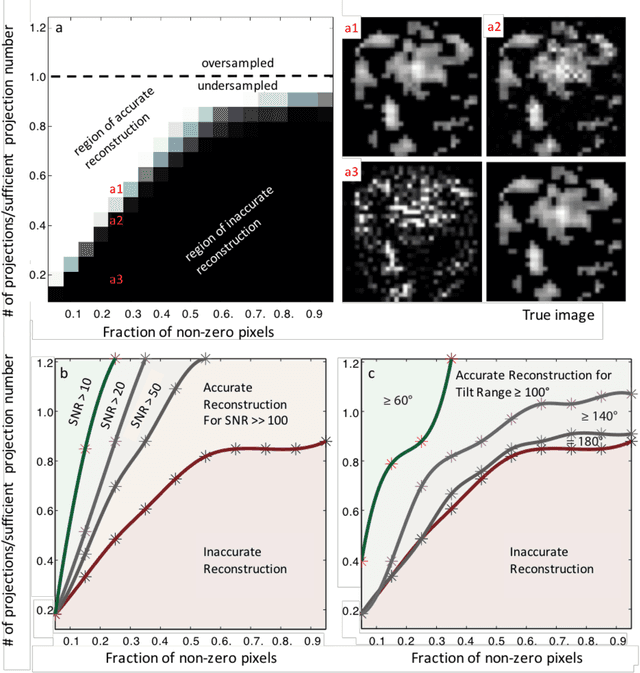
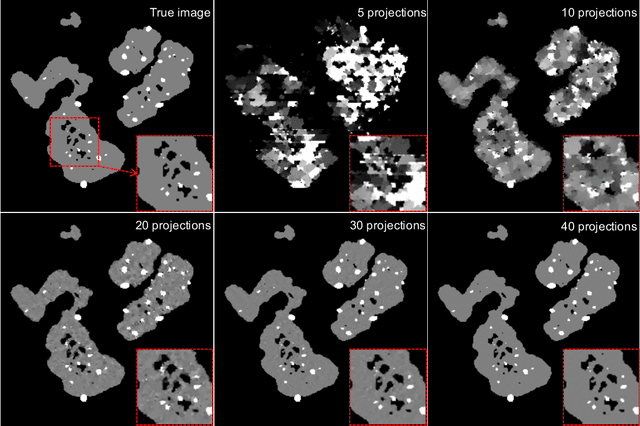
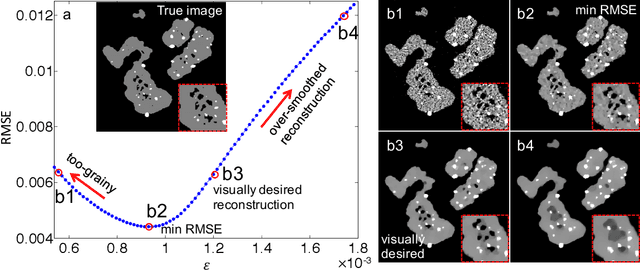
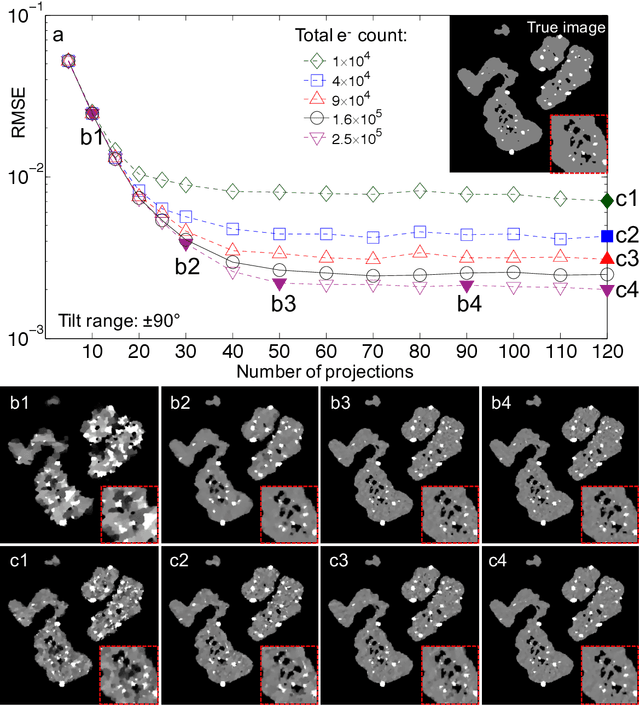
Abstract:Electron tomography (ET) has become a standard technique for 3D characterization of materials at the nano-scale. Traditional reconstruction algorithms such as weighted back projection suffer from disruptive artifacts with insufficient projections. Popularized by compressed sensing, sparsity-exploiting algorithms have been applied to experimental ET data and show promise for improving reconstruction quality or reducing the total beam dose applied to a specimen. Nevertheless, theoretical bounds for these methods have been less explored in the context of ET applications. Here, we perform numerical simulations to investigate performance of l_1-norm and total-variation (TV) minimization under various imaging conditions. From 36,100 different simulated structures, our results show specimens with more complex structures generally require more projections for exact reconstruction. However, once sufficient data is acquired, dividing the beam dose over more projections provides no improvements - analogous to the traditional dose-fraction theorem. Moreover, a limited tilt range of +-75 or less can result in distorting artifacts in sparsity-exploiting reconstructions. The influence of optimization parameters on reconstructions is also discussed.
Data Processing For Atomic Resolution EELS
Dec 13, 2011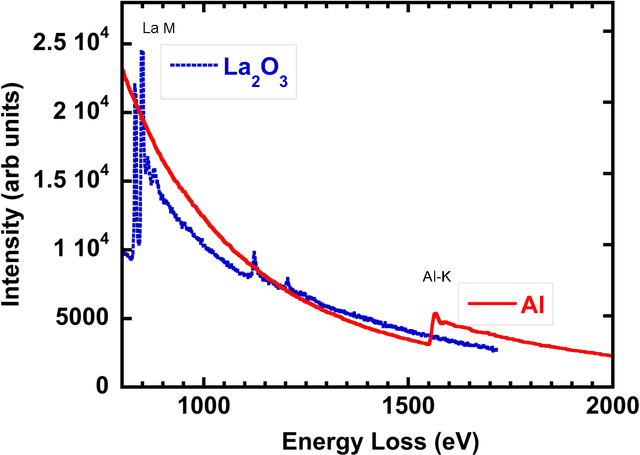
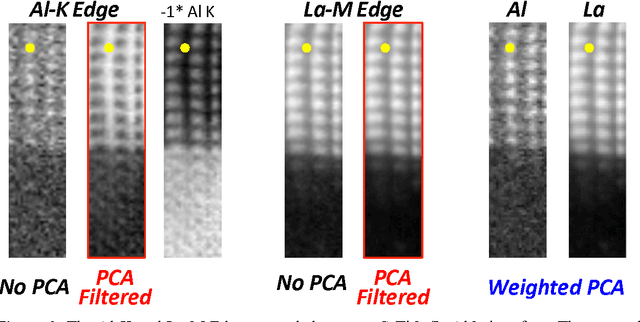
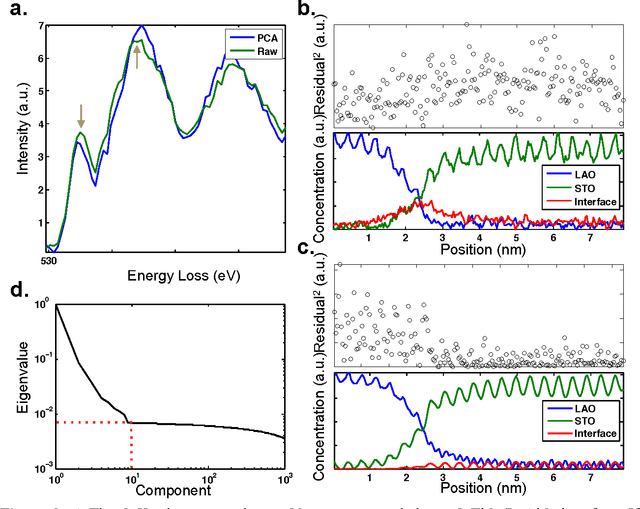
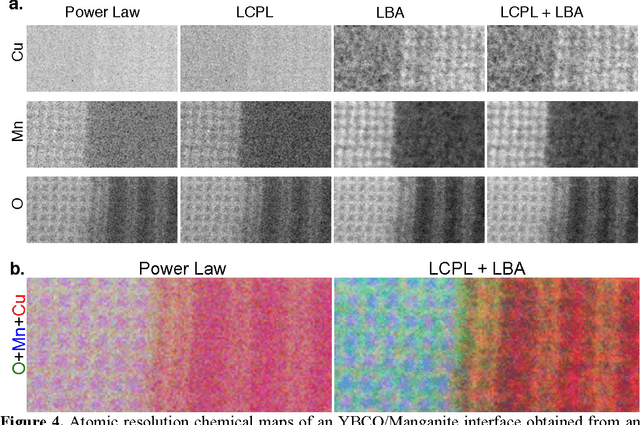
Abstract:The high beam current and sub-angstrom resolution of aberration-corrected scanning transmission electron microscopes has enabled electron energy loss spectroscopic (EELS) mapping with atomic resolution. These spectral maps are often dose-limited and spatially oversampled, leading to low counts/channel and are thus highly sensitive to errors in background estimation. However, by taking advantage of redundancy in the dataset map one can improve background estimation and increase chemical sensitivity. We consider two such approaches- linear combination of power laws and local background averaging-that reduce background error and improve signal extraction. Principal components analysis (PCA) can also be used to analyze spectrum images, but the poor peak-to-background ratio in EELS can lead to serious artifacts if raw EELS data is PCA filtered. We identify common artifacts and discuss alternative approaches. These algorithms are implemented within the Cornell Spectrum Imager, an open source software package for spectroscopic analysis.
 Add to Chrome
Add to Chrome Add to Firefox
Add to Firefox Add to Edge
Add to Edge